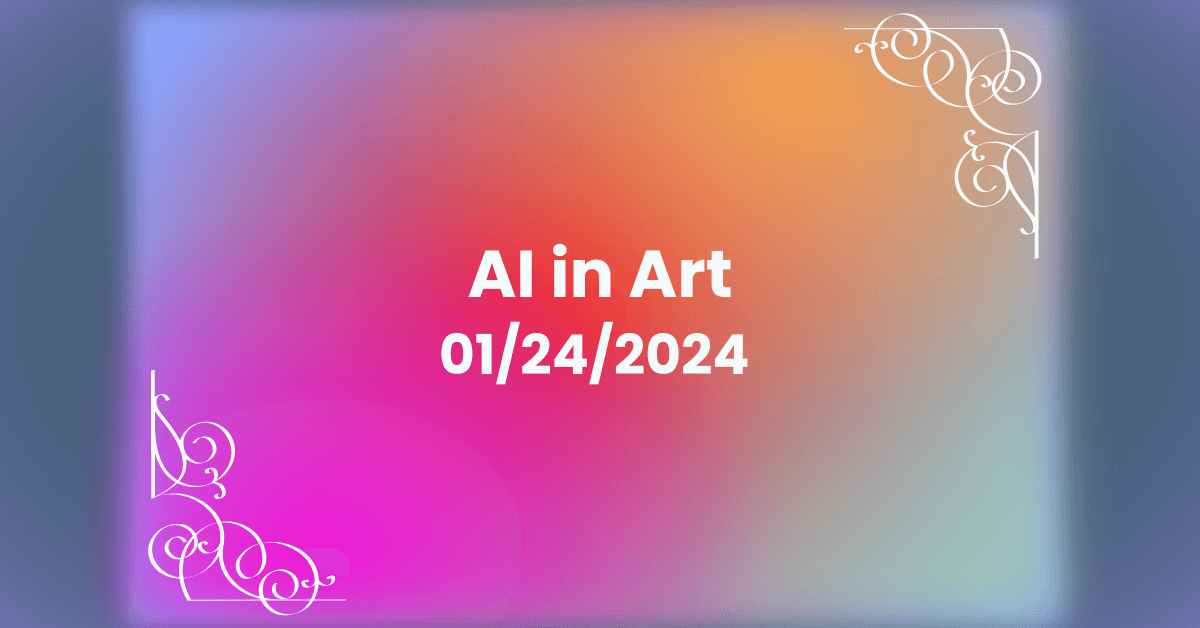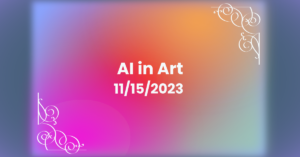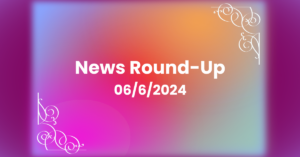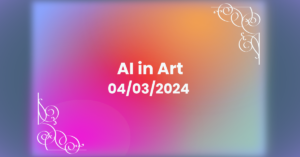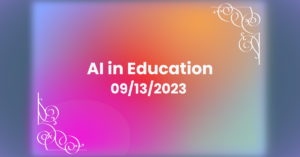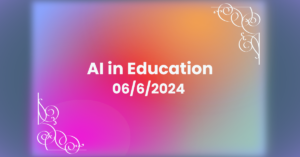Year-in-Review: AI Baby Steps Equal Huge Technological Milestones in Art
As we reflect on the strides made in the fusion of AI and art throughout last year, it’s evident that 2023 has been a transformative period. From the groundbreaking LCM-LoRA technique enabling real-time generative AI art creation to the Gucci Art Space and Christie’s collaboration, exploring the intersection of fashion, art, and technology, the symbiosis of creativity and algorithms is no longer a distant concept but a tangible reality. In the realm of art history, AI has become an invaluable tool, helping uncover lost masterpieces, analyzing poses in thousands of portraits, and deciphering the intricate nuances of composition, color, and style.
As we peer into the future of AI in art, the possibilities seem limitless. The year-in-review signifies a mere prelude to the potential that awaits. AI algorithms, evolving rapidly, promise to empower artists and scholars alike. Imagine a world where generative AI, like LCM-LoRA, instantaneously brings our artistic visions to life, where immersive environments for virtual and augmented realities are crafted effortlessly. The synergy between human creativity and machine precision might birth an entirely new era of artistic expression, challenging conventional boundaries and opening up avenues yet unexplored.
Yet, with every leap forward, it’s prudent to cast a discerning eye on the shadows. The integration of AI in art, while promising, brings forth concerns. The reliance on algorithms to interpret the meanings of paintings or to discern the direction of lighting raises questions about the inherent subjectivity and nuanced understanding that human scholars bring to the table.
Additionally, as we witness AI recover lost cultural heritage, we must grapple with the ethical implications of AI’s role in deciding what art should be restored or created. The very act of programming an AI to replicate a certain artistic style opens a Pandora’s box of questions about authenticity, authorship, and the essence of artistic creation.
The trajectory of AI in art is a fascinating journey, painted with both promise and caution. Showcasing the immense strides we’ve taken is buzzworthy and rife with potential to go viral, but as we move forward, a delicate balance must be maintained so that progress doesn’t bury ethics.
Embracing the potential for creativity and innovation while remaining vigilant about the breadth of ethical considerations is paramount. AI is not a replacement for human artistry and it never should be; rather, it is a collaborator, a tool amplifying our reach and capabilities. The fusion of AI and art is an evolving narrative, and with thoughtful curation, it holds the promise of shaping an artistic landscape that is richer, more diverse, and technologically infused, all while preserving the essence of human expression.

